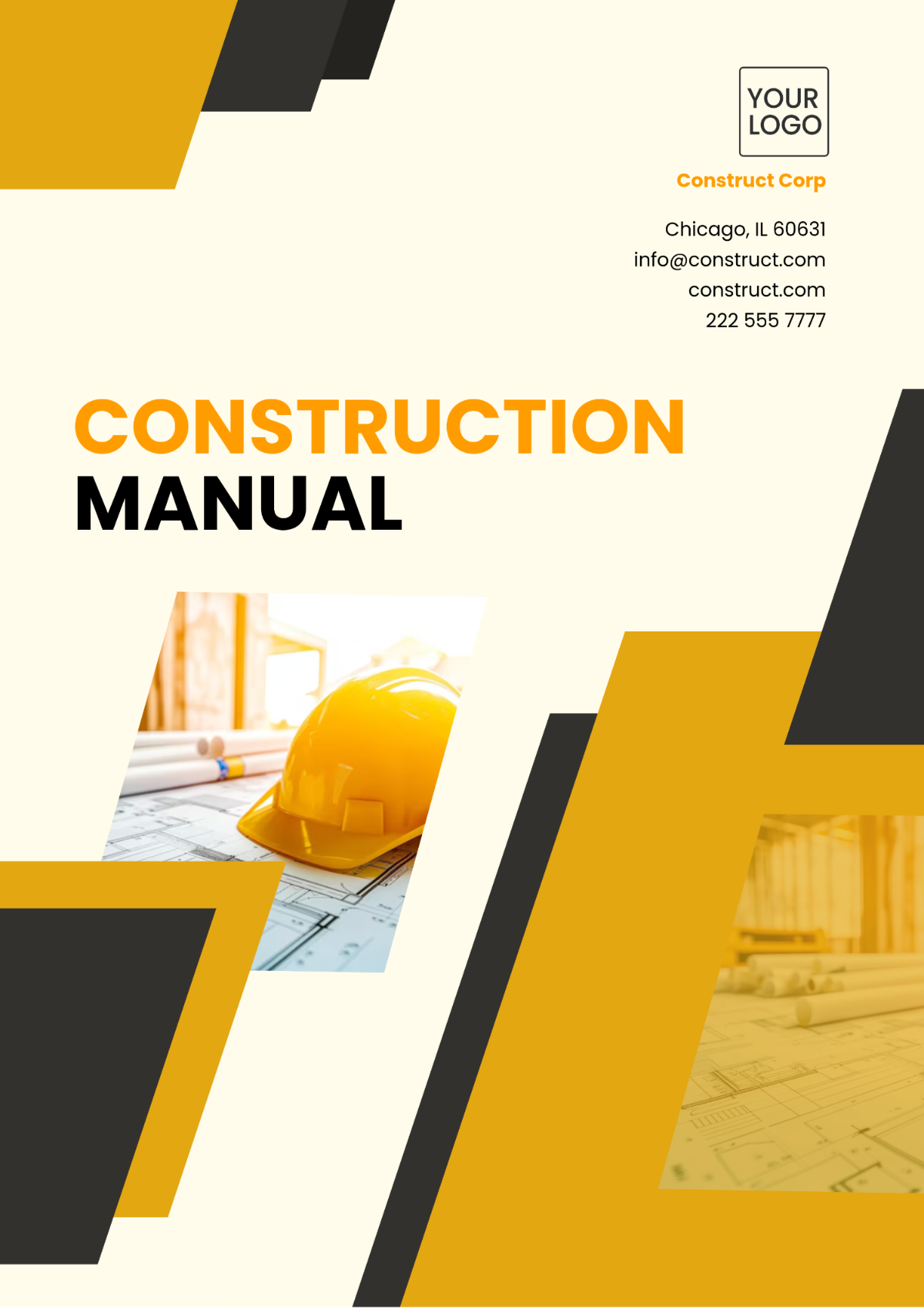Free Construction Project Management
Optimize your construction projects with the Construction Project Management Template from Template.net. This editable and customizable template helps you plan, execute, and monitor construction activities. Use our Ai Editor Tool to customize it for efficient project management.






























